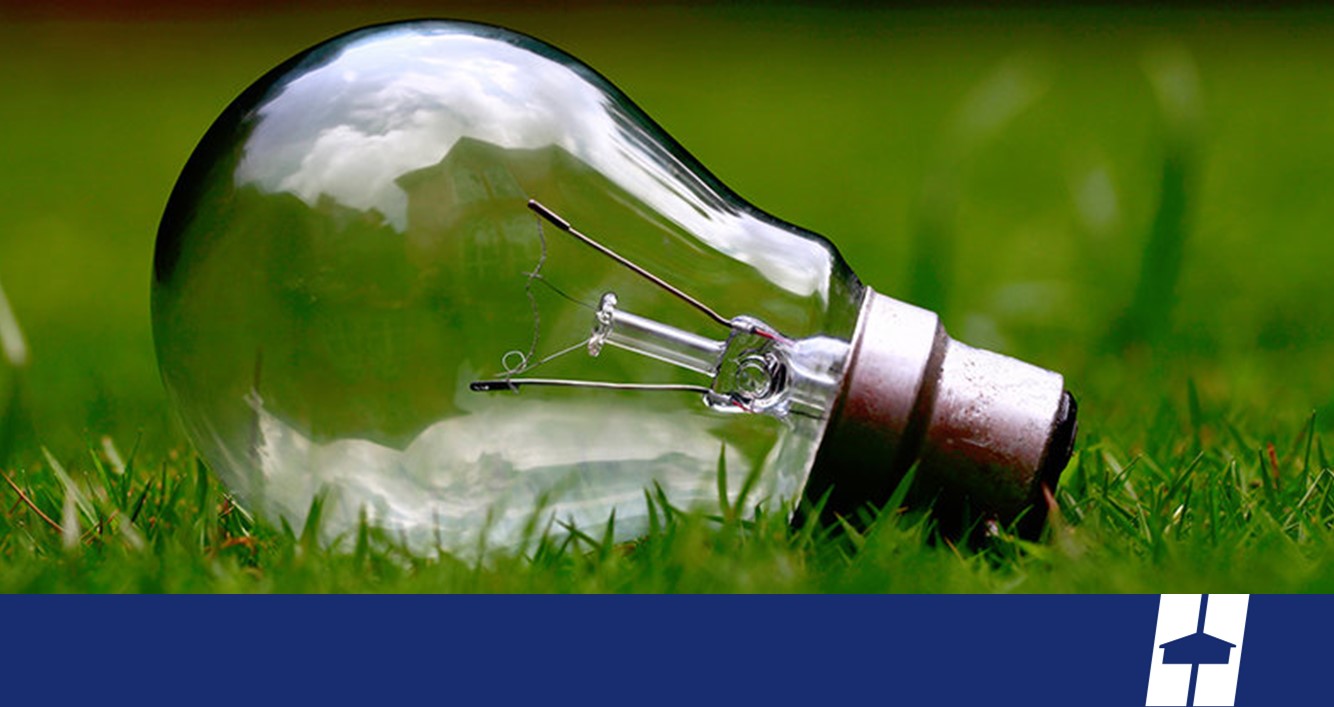

Technology has greatly advanced since Thomas Edison invented the first incandescent light bulb and we’ve become increasingly more concerned with energy-saving options. With more lighting options than ever before, understanding your options is important. Today, there are 4 different types of light bulbs. This light bulb guide will help you understand the different light bulb types and how to choose the right light bulb depending on the use in your home.
incandescent light bulbs are the most commonly used light bulb. Incandescent light bulbs range from 40-110 watts. Light is created when the filament in the bulb is heated to the point of glowing. Incandescent light is usually a warm, yellow-white light that can last up to 1 year. You can use incandescent light bulbs in lamps, car headlamps, flashlights, and decorative lighting. They come in a variety of shapes, sizes, and types of glass like frosted, clear, or colored glass.
Halogen light bulbs are similar to incandescent light bulbs because they use a filament that’s heated to the point of glowing, except they use less energy due to the halogen cycle. A typical incandescent lamp evaporates tungsten from the burning filament, which causes a blackening on the bulb and decreases the amount of light emitted. The halogen cycle eliminates tungsten evaporation. As the tungsten reacts with the halogen gas, some of the tungsten is returned to the filament, extending the life of the light bulb, and preventing it from sticking to the glass.
Halogen light bulbs produce white light similar to daylight around noon. They are commonly used for recessed light, pendant lights, and under cabinet lighting. They last an average of a year, and although they are more efficient than an incandescent light bulb, the bulb can warm quickly causing it to be a fire hazard in certain areas.
LED stands for light-emitting diodes. LED light bulbs are one of the most energy-efficient lighting options available. The heat produced by the light bulb is absorbed into a heat sink, keeping the bulbs cool to the touch and saving energy. Unlike an incandescent bulb, LEDs don’t burn out. They experience “lumen deprivation” and their light output will decrease upwards of 30%. The benefit of LED light bulbs is that they use less electricity than other bulbs, they last longer, are quiet, contain no mercury, and don’t emit UV or infrared. They can also last up to 10 years with average use of three hours a day. One of the downsides of LEDs is that they are directional, meaning they only light in a specific direction, as opposed to all directions. If you’re looking for an energy-efficient option, be sure to check the label for the ENERGY STAR symbol before you buy.
CFL, or compact fluorescents, are another type of light bulb that is energy efficient. A warm, color-correcting tone is created when electrodes at the end of each tube containing argon and mercury gases react with each other producing UV light that is transformed into visible light when it strikes the phosphor coating on the inside of the bulb. CFLs are less expensive than LED and can last 10x longer than incandescent bulbs. CFL light bulbs contain mercury, so you’ll need to be careful of breakage. Another downside is that CFLs may take 30 seconds or more to become fully lit.
©2025 HOLMES BUILDING MATERIALS